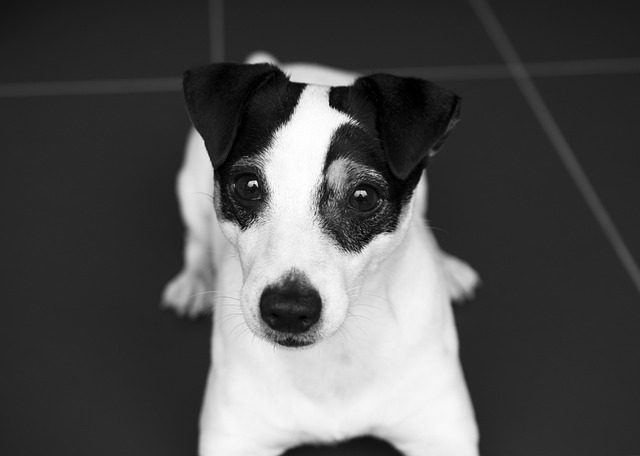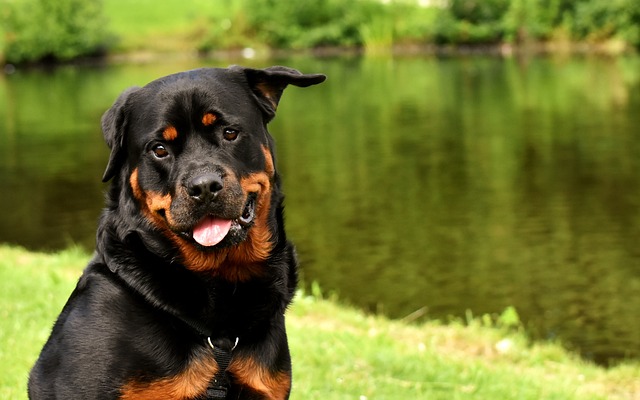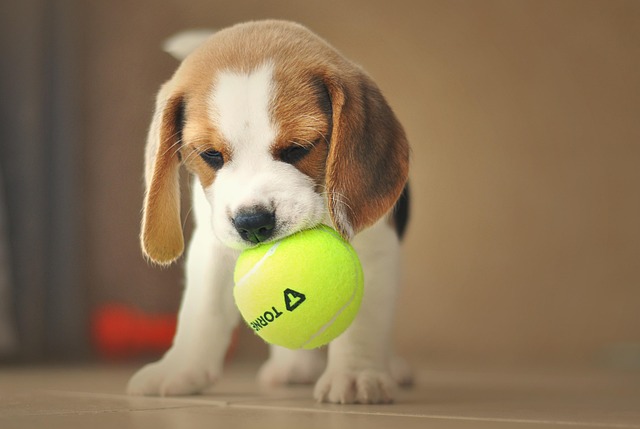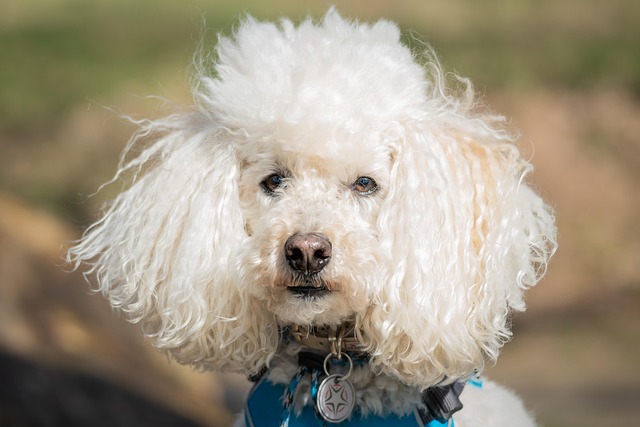
How to bathe your dog without a bathtub?
So your dog decided to take a dirt nap in the mud pit, and you’re staring at your tiny apartment bathroom thinking, “There’s no way.” Trust me, I’ve been there.
Golden retrievers are beloved family companions known for their flowing coats and gentle temperament, but their beautiful fur requires dedicated maintenance that extends beyond regular brushing. The area around your dog's rear end, often overlooked by well-meaning pet owners, demands particular attention to prevent serious health complications. While this grooming task might seem daunting or unnecessary, understanding how to trim golden retriever bum properly is essential for your pet's comfort, hygiene, and overall well-being.
Many golden retriever owners focus primarily on brushing their dog's coat and maintaining their appearance for family photos, yet neglect the less glamorous but equally important sanitary areas. The dense, water-resistant double coat that makes golden retrievers excellent swimmers can become a breeding ground for bacteria and parasites when waste materials become trapped in the fur surrounding the anal region. This oversight can lead to painful infections, persistent odors, and significant discomfort that affects your dog's quality of life.
Professional groomers and veterinarians consistently emphasize the health benefits of trimming dog rear areas, particularly for long-haired breeds like golden retrievers. Regular trimming creates a cleaner environment that dramatically reduces the risk of bacterial infections, fungal growth, and parasitic infestations. When fecal matter becomes entangled in untrimmed fur, it creates an ideal breeding ground for harmful microorganisms that can cause serious health complications requiring expensive veterinary treatment.
The process of learning how to prevent infections in golden retrievers begins with understanding that proper sanitary trimming serves as your first line of defense against urinary tract infections, skin irritations, and digestive system complications. Veterinary studies indicate that dogs with properly maintained sanitary areas experience significantly fewer instances of anal gland impaction, a painful condition that can require surgical intervention if left untreated. Additionally, regular trimming helps pet owners identify potential health issues early, including unusual growths, skin discoloration, or signs of parasitic activity that might otherwise go unnoticed.
Creating a comfortable environment for your golden retriever before beginning the trimming process requires patience and preparation. Start by ensuring your dog is calm and relaxed, perhaps after a long walk or play session when they're naturally more subdued. Professional groomers recommend using a non-slip mat on your grooming surface and having treats readily available to create positive associations with the experience. Essential tools include sharp, pet-specific scissors with rounded tips, electric clippers with a #10 or #15 blade, and plenty of high-value treats to reward cooperative behavior throughout the process.
The step-by-step golden retriever bum trim guide begins with gently lifting your dog's tail and examining the area for any existing irritation, cuts, or unusual growths that might require veterinary attention before proceeding. Using your non-dominant hand to hold the tail up and away from the work area, carefully trim the hair in small sections, working from the outside edges toward the center. Professional groomers emphasize the importance of maintaining a conservative approach, removing only enough hair to keep the area clean while avoiding aggressive cutting that might cause nicks or cuts to sensitive skin.
When using electric clippers, move slowly and deliberately, allowing the blade to do the work rather than applying excessive pressure that could cause clipper burn or injury. The goal is to create a neat, clean area approximately one inch around the anal opening, ensuring that waste materials cannot become trapped in the surrounding fur. Throughout this process, maintain constant communication with your dog through calm, reassuring voice tones and frequent treats to help them associate this necessary grooming with positive experiences.
American pet owners frequently make several critical mistakes when attempting to trim their golden retriever's sanitary areas without proper guidance. The most common error involves using human scissors or grooming tools that lack the precision and safety features designed specifically for pet grooming. Regular household scissors can easily slip and cause serious injury to your dog's sensitive skin, while dull blades can pull and tug at fur, creating unnecessary discomfort and anxiety around future grooming sessions.
Another frequent mistake involves rushing through the process without adequate preparation or attempting to complete the entire trim in a single session. Golden retrievers, despite their generally cooperative nature, may become anxious or stressed when restrained for extended periods, particularly during their first grooming experiences. Professional groomers recommend breaking the process into multiple short sessions, allowing your dog to become gradually accustomed to the handling and tools involved in sanitary trimming.
Over-trimming represents another significant risk that can lead to skin irritation, increased sensitivity, and potential injury from environmental factors. Removing too much hair eliminates the natural protection that helps prevent cuts, scrapes, and insect bites in sensitive areas. Additionally, many pet owners fail to properly sanitize their tools between uses, potentially introducing bacteria or fungal infections that can cause serious health complications requiring professional veterinary treatment.
Establishing a regular grooming routine that incorporates golden retriever grooming tips for hygiene helps maintain your pet's health between professional grooming appointments. Most veterinarians recommend examining and trimming sanitary areas every four to six weeks, depending on your dog's coat growth rate and individual needs. However, dogs with particularly fast-growing coats or those prone to digestive issues may require more frequent attention to prevent hygiene-related complications.
Pet owners should remain vigilant for signs that indicate the need for immediate professional intervention, including persistent odors despite regular cleaning, visible irritation or redness around the trimmed area, or behavioral changes that suggest discomfort or pain. Scooting behavior, excessive licking of the rear end, or reluctance to sit normally can indicate infections or other health issues that require veterinary diagnosis and treatment beyond basic grooming maintenance.
Professional groomers possess specialized training and experience that enables them to identify potential health issues early while providing safe, effective grooming services. Many pet insurance plans cover routine grooming when performed by licensed professionals, making regular professional maintenance more affordable than treating preventable health complications. Additionally, professional groomers can provide valuable education on proper home maintenance techniques and recommend appropriate tools for your specific dog's needs.
Embracing responsible grooming practices for your golden retriever demonstrates your commitment to their health, comfort, and overall well-being. Understanding how to trim golden retriever bum properly empowers you to provide essential care that prevents serious health complications while strengthening the bond between you and your beloved companion. Regular sanitary trimming, combined with professional grooming services and routine veterinary care, ensures that your golden retriever enjoys a comfortable, healthy life free from preventable hygiene-related issues. Remember that patience, preparation, and proper techniques are essential components of successful home grooming, and never hesitate to seek professional guidance when uncertain about any aspect of your pet's care.

So your dog decided to take a dirt nap in the mud pit, and you’re staring at your tiny apartment bathroom thinking, “There’s no way.” Trust me, I’ve been there.

Imagine packing for a sunny beach day with your golden retriever. You’ve got the ball, the water bowl, and your own tube of sunscreen—but can you slather some on your furry friend?

Picture your sunbathing Labrador sprawled on the patio – adorable, right? But when that Arizona afternoon hits 95°F, that same scene becomes dangerous.

Picture this: You’ve just slipped on your favorite black sweater, ready to head out for coffee. Your dog, with a wagging tail and a glint in their eye, bounds over for a cuddle.

You've probably stared at that row of pet store treatments and wondered—are flea and tick preventives just another gimmick?The truth is,skipping these essential products can turn a peaceful afternoon with your furry friend into a nightmare of itching,

So, you've welcomed a furry friend into your home – fantastic! Now you're staring at that brush or wondering about bath time.